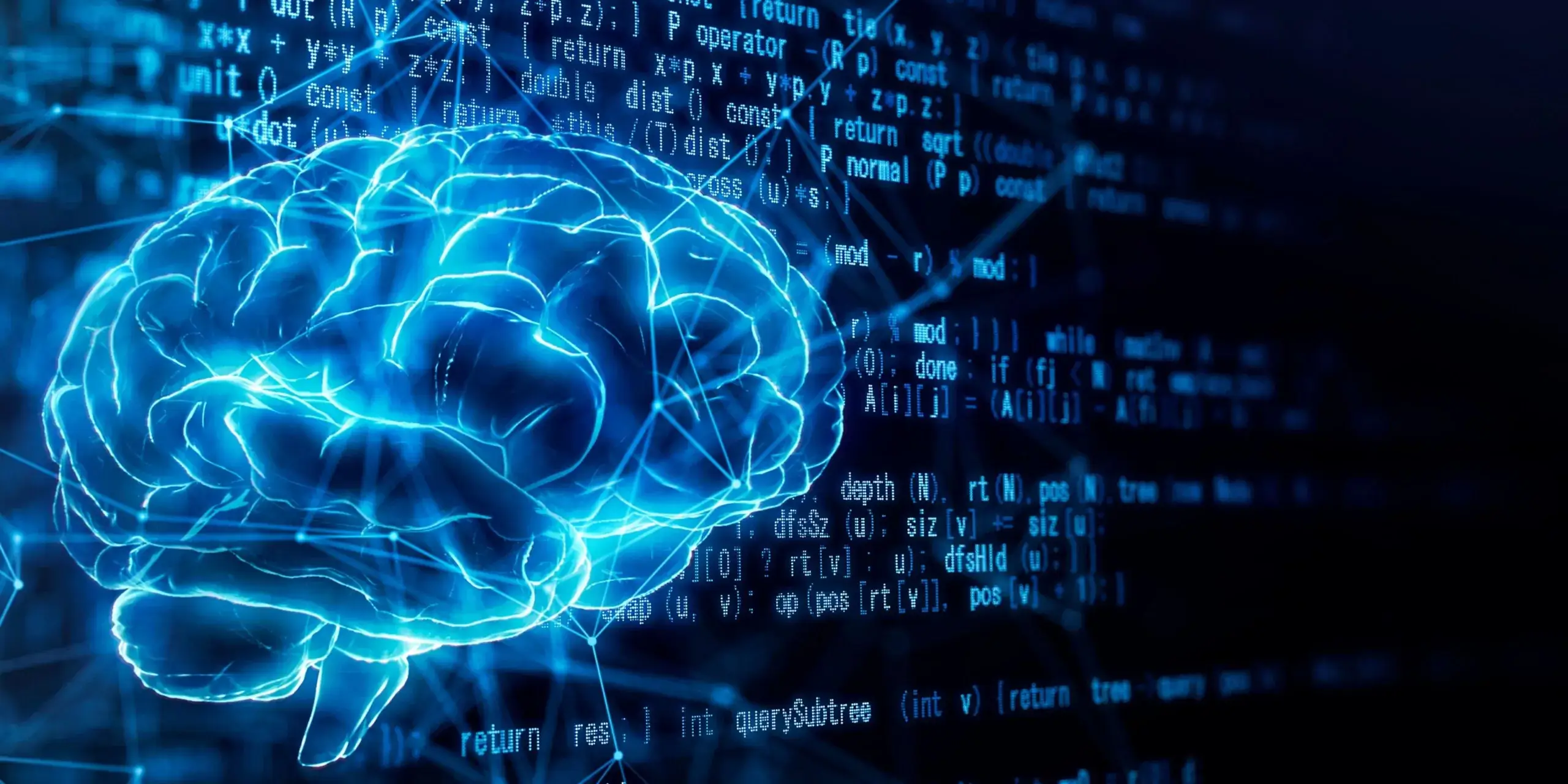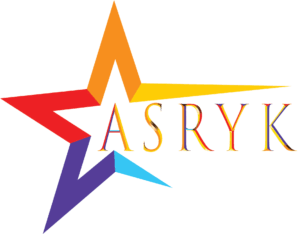Unveiling the Potential of Generative AI: A Deep Dive into Content Creation
Unveiling the Potential of Generative AI: A Deep Dive into Content Creation
Generative AI, a rapidly evolving field of artificial intelligence, is transforming how we create content. By harnessing the power of machine learning, generative models can produce entirely new and original content, from text and images to music and code. This article delves into the fascinating world of generative AI, exploring its inner workings, applications, and the profound impact it’s having on various creative fields.
Understanding the Core: How Generative AI Learns to Create
At the heart of generative AI lies a concept known as deep learning. Deep learning models, often referred to as artificial neural networks, are inspired by the structure and function of the human brain. These models are trained on massive datasets of existing content like text, images, or audio. Through this training, the model learns the underlying patterns and relationships within the data. Once trained, the model can then generate new content that is statistically similar to the data it was trained on, but crucially, it’s entirely original.
Types of Generative AI Models:
Generative AI encompasses a broad range of models, each with its own strengths and applications. Let’s explore some of the most prominent types:
-
Generative Adversarial Networks (GANs): GANs consist of two competing neural networks: a generator and a discriminator. The generator creates new content, while the discriminator attempts to distinguish between real and generated content. This adversarial process pushes both networks to improve, resulting in increasingly realistic and creative outputs.
-
Variational Autoencoders (VAEs): VAEs encode input data into a lower-dimensional latent space, capturing the essential features of the data. The model can then decode samples from this latent space, generating new content that retains the core characteristics of the training data while introducing variations.
-
Transformer-based Models: Transformer models, popularized by the success of GPT-3, are a type of neural network architecture well-suited for natural language processing tasks. These models can generate human-quality text, translate languages, write different kinds of creative content, and answer your questions in an informative way.
The Creative Canvas: Applications of Generative AI
Generative AI is finding applications across a diverse spectrum of creative domains. Here are some exciting use cases:
-
Text Generation: From crafting marketing copy and writing product descriptions to generating scripts and poems, generative AI can assist humans in content creation tasks, boosting efficiency and sparking creative ideas.
-
Image and Video Creation: Generative models can produce realistic images, edit existing photos, or even generate entirely new video content. This has applications in advertising, media production, and even creating special effects for movies.
-
Music Composition: AI can compose original music pieces in various styles, generate personalized soundtracks for videos, or even create music that adapts to the mood of a user.
-
Product Design: Generative AI can be used to explore design possibilities, generate variations on existing designs, or even create entirely new product concepts based on specific criteria.
Beyond Creation: The Broader Impact of Generative AI
Generative AI’s influence extends beyond the realm of pure content creation. It has the potential to revolutionize various aspects of our lives:
-
Drug Discovery: AI can generate new molecules with desired properties, accelerating the process of drug discovery and development.
-
Material Science: By simulating complex materials at the atomic level, generative models can aid in the creation of novel materials with specific functionalities.
-
Personalized Experiences: AI can personalize content experiences, tailoring recommendations and generating content that aligns with individual preferences.
Challenges and Considerations: Responsible Development of Generative AI
The transformative power of generative AI comes with its own set of challenges that need to be addressed:
-
Bias and Fairness: Generative models trained on biased data can perpetuate those biases in the content they generate. Careful data selection and model training techniques are crucial to mitigate bias.
-
Deepfakes and Misinformation: The ability to generate realistic-looking fake videos and audio can be misused to spread misinformation or create deepfakes. Robust detection methods and ethical considerations are essential.
-
The Future of Work: As generative AI automates certain content creation tasks, it’s crucial to consider the impact on jobs and equip the workforce with the skills to adapt and collaborate with AI.
Looking Ahead: The Future of Generative AI
Generative AI is still in its early stages of development, but its potential is vast. As research continues and computational power increases, we can expect even more sophisticated models capable of generating even more creative and impactful content. Here are some exciting possibilities on the horizon:
-
Personalized Education: AI-powered tutors can create personalized learning experiences, adapting to individual needs and learning styles.
-
Augmented Creativity: Generative AI can augment human creativity, serving as a brainstorming partner, suggesting ideas, and providing new perspectives.
The Ethical Landscape: Fostering Trust and Transparency
The ethical implications of generative AI require careful consideration. Here are some key areas to navigate:
- Transparency and Explainability: Understanding how generative models arrive at their outputs is crucial. Developers need to strive for transparency in model design and function to build trust with users.
- Ownership and Copyright: Who owns the copyright of content created by generative AI? Clear legal frameworks are needed to address ownership rights and potential copyright infringement issues.
- Human Oversight and Control: Generative AI should be a tool to empower human creativity, not replace it. Human oversight and control over the content generation process are essential.
Building a Collaborative Future: Humans and AI Working Together
The future of creative endeavors lies in collaboration between humans and AI. Here’s how this partnership can flourish:
- AI as a Creative Assistant: Generative AI can act as a powerful brainstorming partner, suggesting ideas, generating variations, and helping overcome creative roadblocks.
- Human Curation and Refinement: The human touch remains vital in selecting the best outputs from generative models, refining the content, and ensuring it aligns with the desired purpose.
- Focus on Uniquely Human Skills: As AI handles repetitive tasks, humans can focus on the aspects of creativity that require empathy, critical thinking, and emotional intelligence.
Conclusion: A New Chapter in Content Creation
Generative AI marks a new chapter in content creation. While challenges remain, the potential for innovation and collaboration is immense. By harnessing the power of AI responsibly and fostering human-AI partnerships, we can unlock a future where creativity flourishes and content creation becomes more efficient, impactful, and accessible to all.
Exploring the Generative AI Landscape: Tools and Resources
Venturing into the world of generative AI requires some exploration tools and resources:
- OpenAI: OpenAI is a non-profit research company dedicated to ensuring the safe development and beneficial use of artificial intelligence. They offer access to some of their generative models for research purposes. https://openai.com/
- Hugging Face: Hugging Face provides a platform for accessing and sharing open-source machine learning models, including generative models for various tasks. https://huggingface.co/
- Generative AI Communities: Online communities and forums dedicated to generative AI can be valuable resources for learning, sharing experiences, and staying updated on the latest developments. Explore platforms like Reddit’s r/generativeai or online forums hosted by major cloud computing providers like Google AI or Amazon Web Services (AWS).
Further Research and Exploration:
This article provides a broad overview of generative AI. For a deeper understanding of specific aspects, delve into these areas:
-
Specific Generative AI Models: Explore research papers and tutorials on specific models like Generative Adversarial Networks (GANs) or Variational Autoencoders (VAEs) to understand their technical details and inner workings.
-
Applications in Your Field: Research how generative AI is being applied in your specific field of interest. This could involve exploring industry reports, case studies, or attending conferences focused on the intersection of AI and your chosen domain.
Generative AI is a rapidly evolving field. By staying informed, exploring available resources, and fostering a collaborative approach, we can harness its potential to shape a future where creativity thrives and content creation empowers individuals and industries alike.



